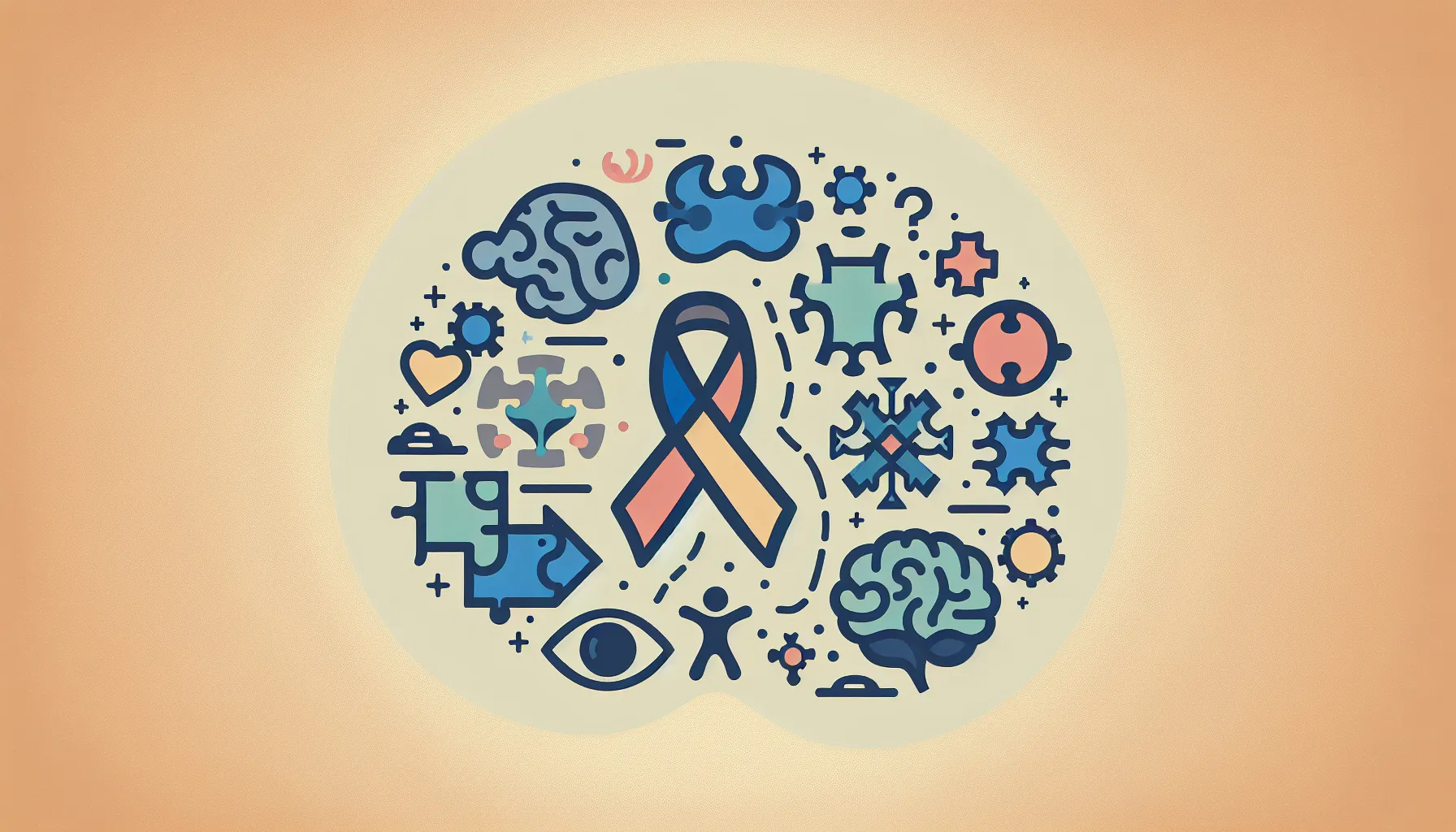ABA Therapy and Autism Therapies
Discover the benefits of ABA therapy and autism therapies, guiding parents to effective support for their children.

Understanding ABA Therapy
ABA (Applied Behavior Analysis) therapy is a widely recognized approach for supporting individuals with autism spectrum disorder (ASD). This section outlines the core techniques used in ABA therapy and traces its evolution as a treatment method.
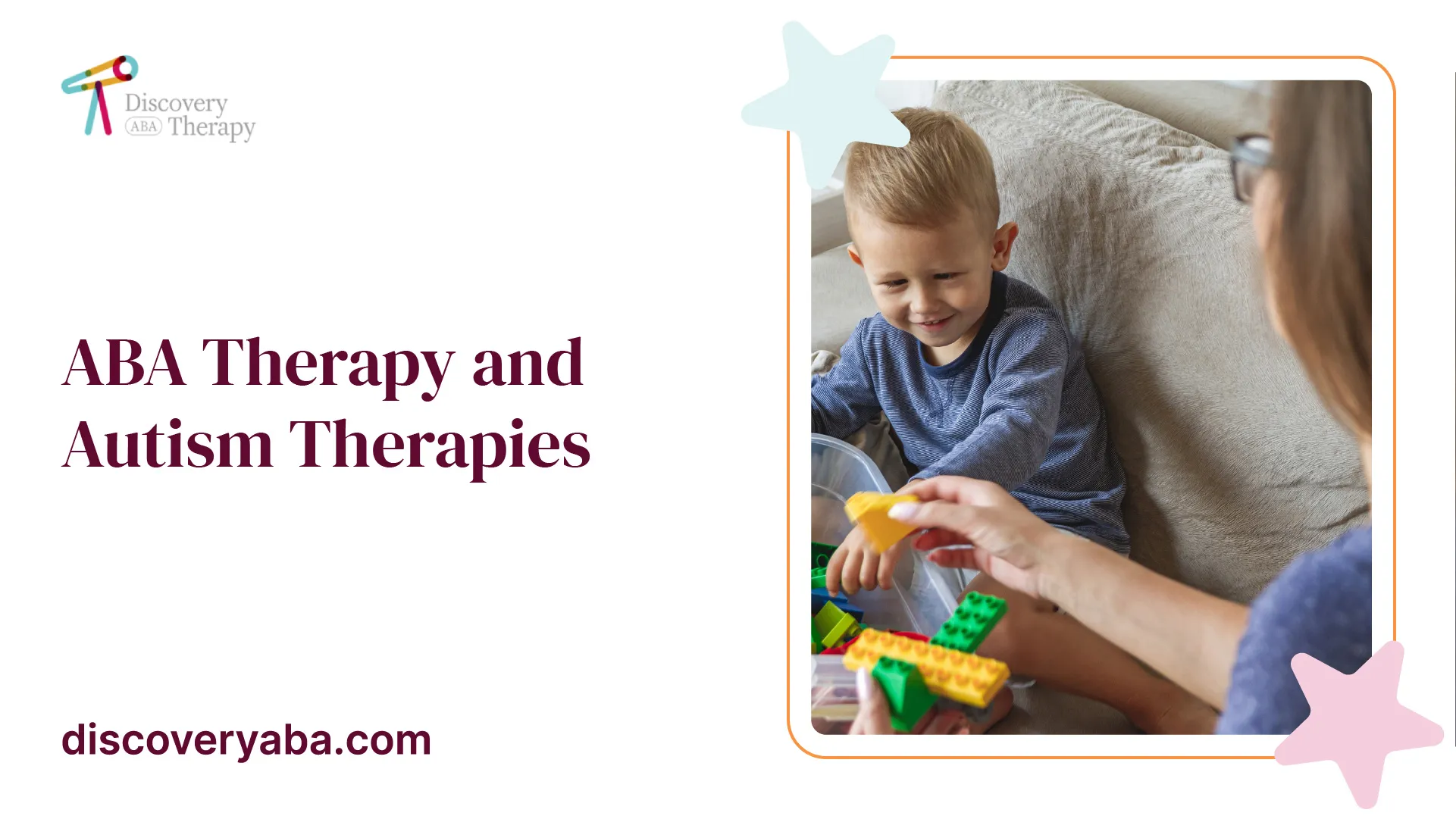
Core Techniques of ABA Therapy
ABA therapy incorporates a variety of techniques tailored to help children with autism thrive in different environments. Key techniques include:
These techniques aim to enhance a child's ability to learn and interact positively with their surroundings.
Evolution of ABA Therapy
ABA therapy has a rich history, first emerging in the 1960s as a method specifically designed for children with autism and related developmental disorders [2]. Over the decades, this approach has evolved into what is now regarded as the gold standard among autism therapies.
The foundations of ABA therapy have been informed by ongoing research and observations of how children with autism think, learn, and operate. This has led to the development of tailored programs designed by board-certified behavior analysts (BCBAs), who customize each therapy plan according to the individual child's skills, needs, interests, and family circumstances.
As evidence mounts demonstrating its effectiveness, ABA therapy is recognized as an evidence-based best practice treatment by both the US Surgeon General and the American Psychological Association. Numerous studies indicate that ABA therapy contributes positively to improvements in intellectual functioning, language development, daily living skills, and social functioning for many children with autism [2].
ABA therapy not only aids in behavior modification but also reinforces critical life skills, making it a pivotal approach for parents and caregivers seeking effective interventions for their loved ones. For further reading on the integration of behavioral techniques, refer to our sections on aba therapy for behavioral analysis and aba therapy and positive reinforcement.
Effectiveness of ABA Therapy
ABA (Applied Behavior Analysis) therapy is widely recognized for its effectiveness in treating children with Autism Spectrum Disorder (ASD). Numerous research studies have validated its benefits and outcomes, making it a preferred approach for many parents and caregivers.
Research Studies on ABA Therapy
Multiple studies have demonstrated the positive impacts of ABA therapy on children with autism. According to Autism Speaks, ABA therapy is considered an evidence-based best practice treatment endorsed by the US Surgeon General and the American Psychological Association. Research indicates enhancements in various domains, including:
A meta-analysis involving 29 studies evaluated the effectiveness of ABA programs for children with ASD. It assessed improvements in various parameters such as IQ scores, receptive and expressive language abilities, and adaptive behaviors [3]. The findings highlighted that systematic, individually tailored interventions could lead to significant advancements in these areas.
Study ParameterOutcomeIQ Score ImprovementSignificantly increasedLanguage SkillsNotable improvementsAdaptive BehaviorPositive changesReduction in Autism SymptomsDecreases observed
Further analysis comparing ABA to techniques like the Early Start Denver Model (ESDM) revealed notable differences in socialization and daily living skills, with ABA techniques showing particular efficacy in expressive language outcomes.
Benefits and Outcomes
The benefits of ABA therapy extend beyond mere academic performance. Families report holistic improvements in their child's everyday functioning. Key outcomes of ABA include:
As documented in a study, children who participated in ABA interventions exhibited remarkable advancements in IQ scores, language skills, and adaptive behavior, leading to a significant decrease in autism symptomatology [3].
For parents and caregivers looking to understand ABA's role in the broader context of autism support, exploring additional resources such as aba therapy and autism interventions and aba therapy for behavioral analysis can provide deeper insights. By choosing ABA therapy, families often find a pathway to unlocking their child's potential and enhancing their overall quality of life.
ABA Therapy Process
The process of ABA (Applied Behavior Analysis) therapy is structured and methodical, ensuring that each child's unique needs are addressed effectively. It involves program design tailored to individual learners, followed by specific intervention procedures.
Program Design by BCBA
The program design for ABA therapy is expertly crafted by a Board Certified Behavior Analyst (BCBA). This professional customizes the program to fit each learner's skills, needs, interests, preferences, and family situation [2]. The individualized approach allows therapists to focus on specific goals that are meaningful to the child and their family.
Key components included in program design often involve:
ComponentDescriptionAssessmentInitial evaluations to determine strengths and areas for improvement.Goal SettingEstablishing clear, measurable objectives that are relevant to the child's development.Personalized StrategiesDeveloping tailored strategies and interventions based on the child's behavior.Family CollaborationWorking with families to ensure consistency and support across different environments.
More than 20 studies have highlighted that intensive and long-term therapy using ABA principles can improve outcomes for many children with autism, typically involving 25 to 40 hours of therapy per week over a span of 1 to 3 years [2].
Intervention Procedures
Intervention procedures in ABA therapy encompass a variety of techniques designed to increase desirable behaviors and reduce challenging ones. These procedures can be directed by the instructor or initiated by the individual with autism. The emphasis is placed on positive reinforcement, which helps to increase the likelihood of desired behaviors through rewards.
Some common intervention strategies include:
StrategyDescriptionDiscrete Trial TrainingBreaking down skills into small, teachable components.Natural Environment TrainingTeaching skills in everyday settings to promote generalization.Social Skills TrainingFocusing on improving interaction and communication skills.Parent TrainingInvolving family members in the teaching process for consistency.
Through these carefully structured processes and interventions, ABA therapy aims to equip children with the critical skills necessary for everyday life, thereby enhancing their overall development. For further insights into how ABA can be integrated into interventions for autism, explore additional resources on aba therapy and autism interventions.
Implementing ABA Therapy
Successful implementation of ABA therapy requires careful consideration of individual needs and family dynamics. Two critical components of this process are inclusivity and customization, as well as family involvement.
Inclusivity and Customization
A board-certified behavior analyst (BCBA) is responsible for designing ABA programs tailored to each learner's unique skills, needs, interests, and preferences. Customization is essential for addressing the diverse needs of individuals with autism spectrum disorder (ASD). Inclusive practices ensure that programs not only focus on the individual but also consider how the surroundings can support positive behavioral changes.
The customization process often involves assessing the individual's current capabilities and determining realistic, attainable goals. This tailored approach can enhance the effectiveness of ABA therapy, allowing for more significant improvements in specific behaviors, communication, and social skills.
Customization FactorsDescriptionSkillsAssessing existing abilities and areas for growthInterestsIncorporating interests to enhance engagement in therapyPreferencesAdjusting techniques based on the learner's comfort levelFamily SituationConsidering family dynamics and available support systems
By integrating these factors into the therapy plan, families can expect more effective outcomes and greater satisfaction with the process.
Family Involvement
Family involvement plays a crucial role in ABA therapy. Parents and caregivers are encouraged to participate actively in both the planning and implementation of interventions. This collaboration can make the efforts more consistent and effective across different settings, such as home, school, and community environments.
Families provide valuable insights about their child's behaviors, preferences, and triggers. This information helps the BCBA design a more effective program. Ongoing communication between caregivers and therapists enables adjustments to be made swiftly, addressing any challenges as they arise.
Involvement can also extend to training family members to reinforce skills learned during therapy sessions. Parental involvement in behavior modification strategies, such as aba therapy and behavior modification, can significantly enhance the sustainability of learned behaviors outside of formal therapy settings.
For additional guidance on family roles and strategies in the ABA process, consider similar interventions in areas like aba therapy and autism interventions or aba therapy for learning disabilities that also emphasize the importance of family teamwork. Engaging the entire family unit fosters a supportive environment conducive to positive change and personal development in individuals with autism.
ABA Funding and Insurance
Funding for ABA therapy is a crucial consideration for many parents and caregivers of individuals with autism spectrum disorder (ASD). Understanding Medicaid coverage and insurance requirements can help ensure access to necessary services.
Medicaid Coverage for ABA
Medicaid plans are generally required to cover ABA treatments that are deemed medically necessary for children under the age of 21. This guideline emphasizes the importance of early intervention in improving outcomes for children with ASD [2]. However, Medicaid coverage can vary from state to state, meaning that parents should investigate the specifics of their state's Medicaid policy.
StateMedicaid Coverage for ABACaliforniaYesTexasYesNew YorkYesFloridaYesIllinoisConditional coverageOhioYes
It is essential for caregivers to consult with their local Medicaid office to confirm coverage requirements and whether specific conditions apply.
Insurance Requirements and Support
The coverage of ABA therapy by private insurance can greatly differ based on the insurance provider and the state regulations. Many states have mandates that require insurance companies to cover ABA therapy, but not all states are the same. Parents should review their insurance policy to understand benefits, copayments, and limitations.
Factors influencing the coverage include:
Families may find that having a supportive family structure can also influence access to ABA therapy. For instance, children with a history of receiving other services, like speech therapy, are more likely to remain enrolled in ABA therapy.
Awareness of the insurance landscape helps caregivers access resources and support for individuals with ASD. To find more information on how ABA therapy intersects with other interventions, explore our topics on aba therapy for autism diagnosis and aba therapy and positive reinforcement.
Enhancing Life Skills with ABA
ABA therapy is recognized for its effectiveness in improving various life skills for individuals with autism. This section explores targeted skill development and the enhancement of socialization and communication through ABA interventions.
Targeted Skill Development
ABA therapy focuses on developing essential life skills that support day-to-day functioning. Many individuals with autism demonstrate substantial improvements in areas such as communication, self-care, and academic abilities as a result of structured ABA interventions. These improvements are particularly pronounced when therapy starts during early childhood, a time when young brains are highly adaptable to behavioral changes and learning [6].
Skill development in ABA is often categorized into various domains, including:
Skill DomainExamplesCommunicationUnderstanding directions, making requests, expressing needsSocial SkillsTaking turns, sharing, initiating conversationsDaily Living SkillsDressing, hygiene, meal preparingAcademic SkillsReading comprehension, math problem-solving
The application of ABA principles, such as systematic reinforcement, enhances the learning outcomes. By focusing on specific behaviors and applying techniques like positive reinforcement, children develop crucial skills needed for independence and success in different life contexts [7].
Socialization and Communication
Social interaction and communication are vital areas where ABA therapy can yield meaningful results. Individuals with autism often face challenges in these domains, and ABA specifically targets these issues through tailored interventions. By identifying and working on social behaviors that hold social significance, ABA therapists craft programs that facilitate improved interactions with peers and family members.
Research indicates that individuals undergoing ABA therapy may experience significant enhancements in:
Socialization SkillsCommunication AbilitiesAdapting to social cuesEngaging in dialoguesParticipating in group activitiesAsking for help appropriatelyBuilding and maintaining friendshipsExpressing feelings and emotions
Through interventions, ABA promotes not only functional communication but also strengthens social skills, enabling individuals with autism to navigate social environments more effectively. The implementation of ABA in natural settings allows individuals to practice learned skills in real-life scenarios, leading to more natural and generalizable outcomes [7].
Overall, ABA therapy significantly contributes to enhancing life skills, creating a pathway for individuals with autism to lead more fulfilling and independent lives. For further understanding, explore more about ABA therapy and autism interventions and the various techniques utilized within therapeutic practices.
References
[2]:
[3]:
[4]:
[5]:
[6]:
[7]:
Does Your Child Have An Autism Diagnosis?
Learn More About How ABA Therapy Can Help
Find More Articles
Contact us
North Carolina, Tennessee, Nevada, New Jersey, Utah, Virginia
New Hampshire, Maine
Massachusetts, Indiana, Arizona, Georgia
.avif)
















.jpeg)



























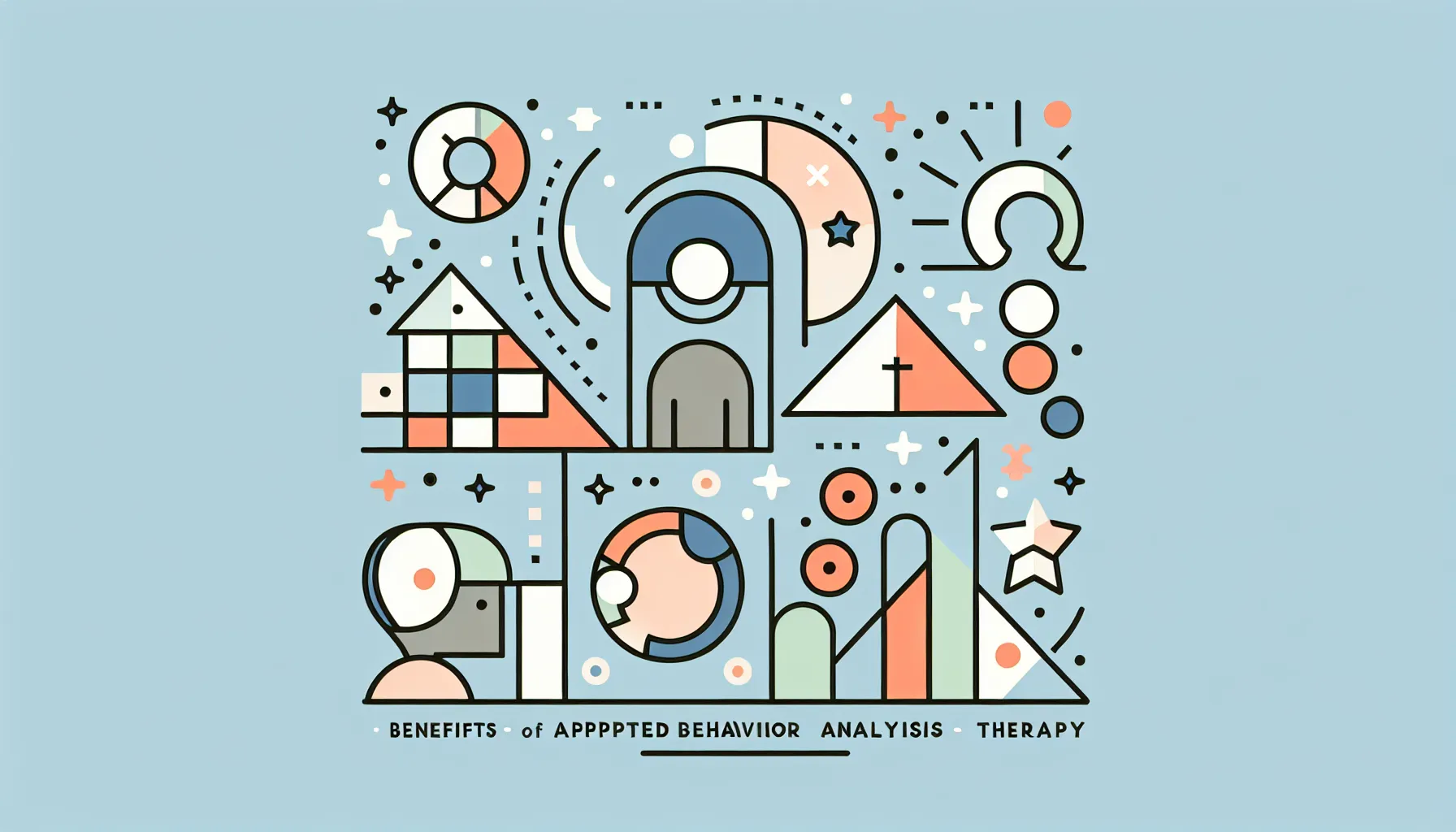






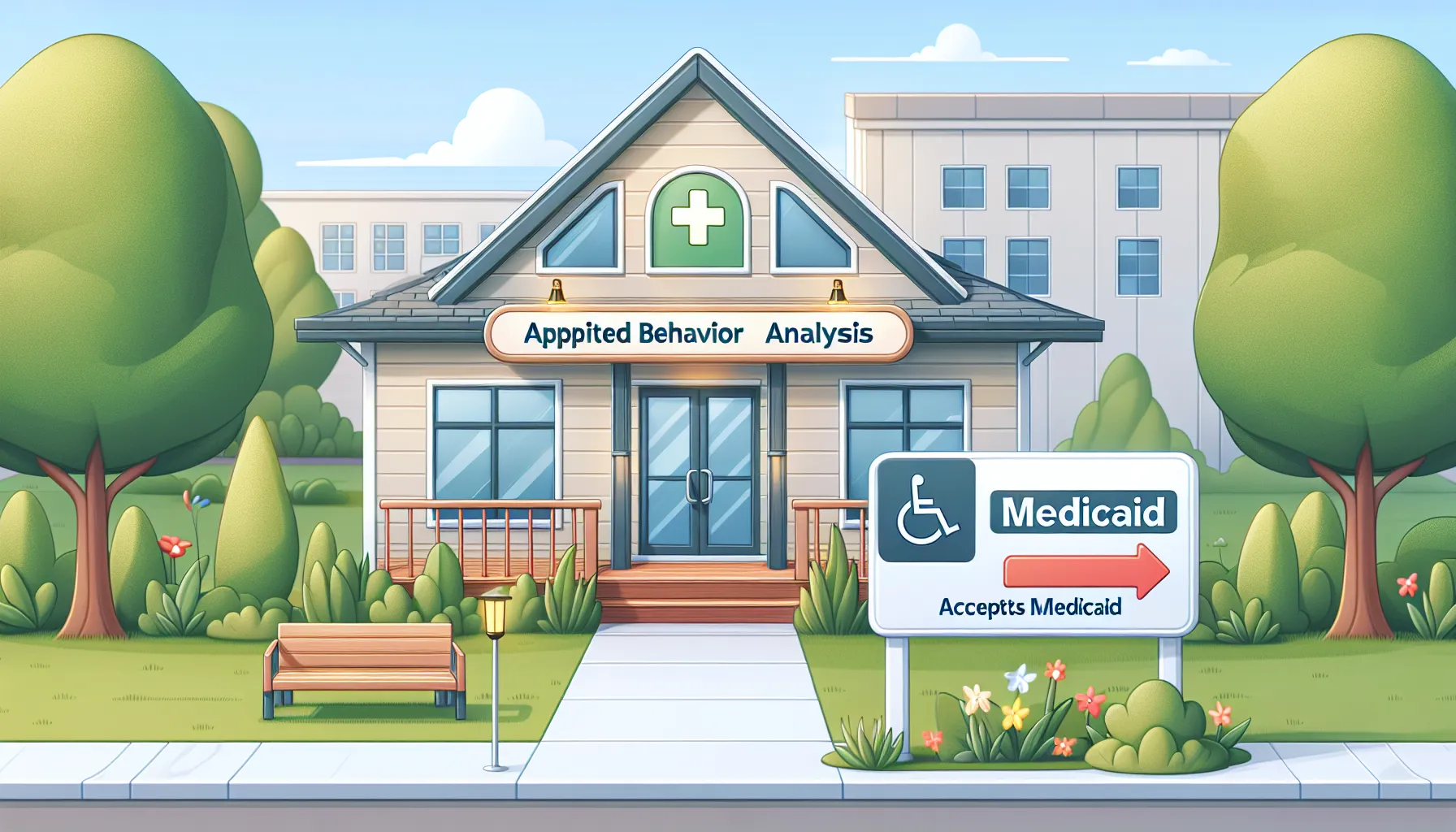




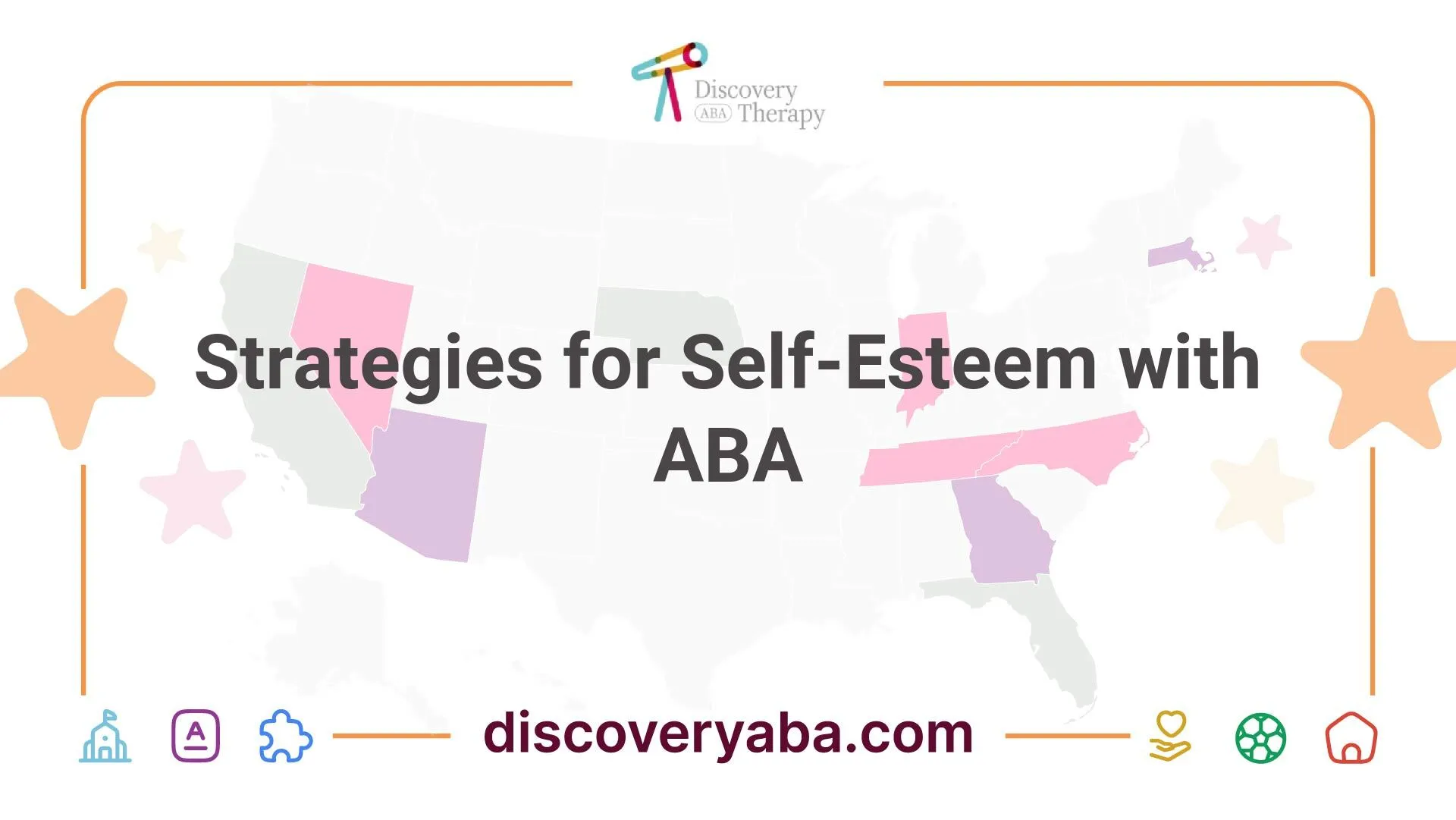




.jpeg)
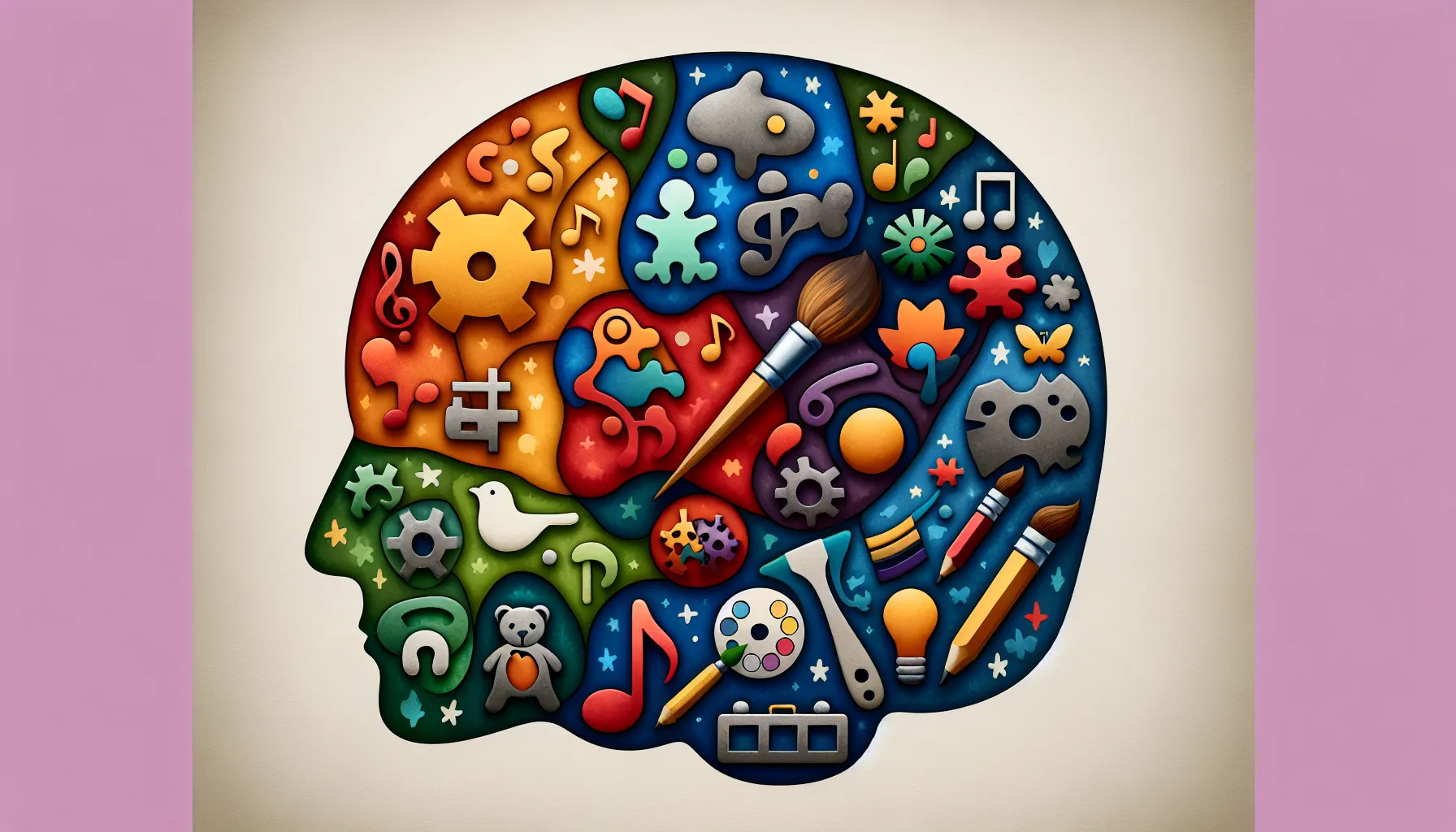

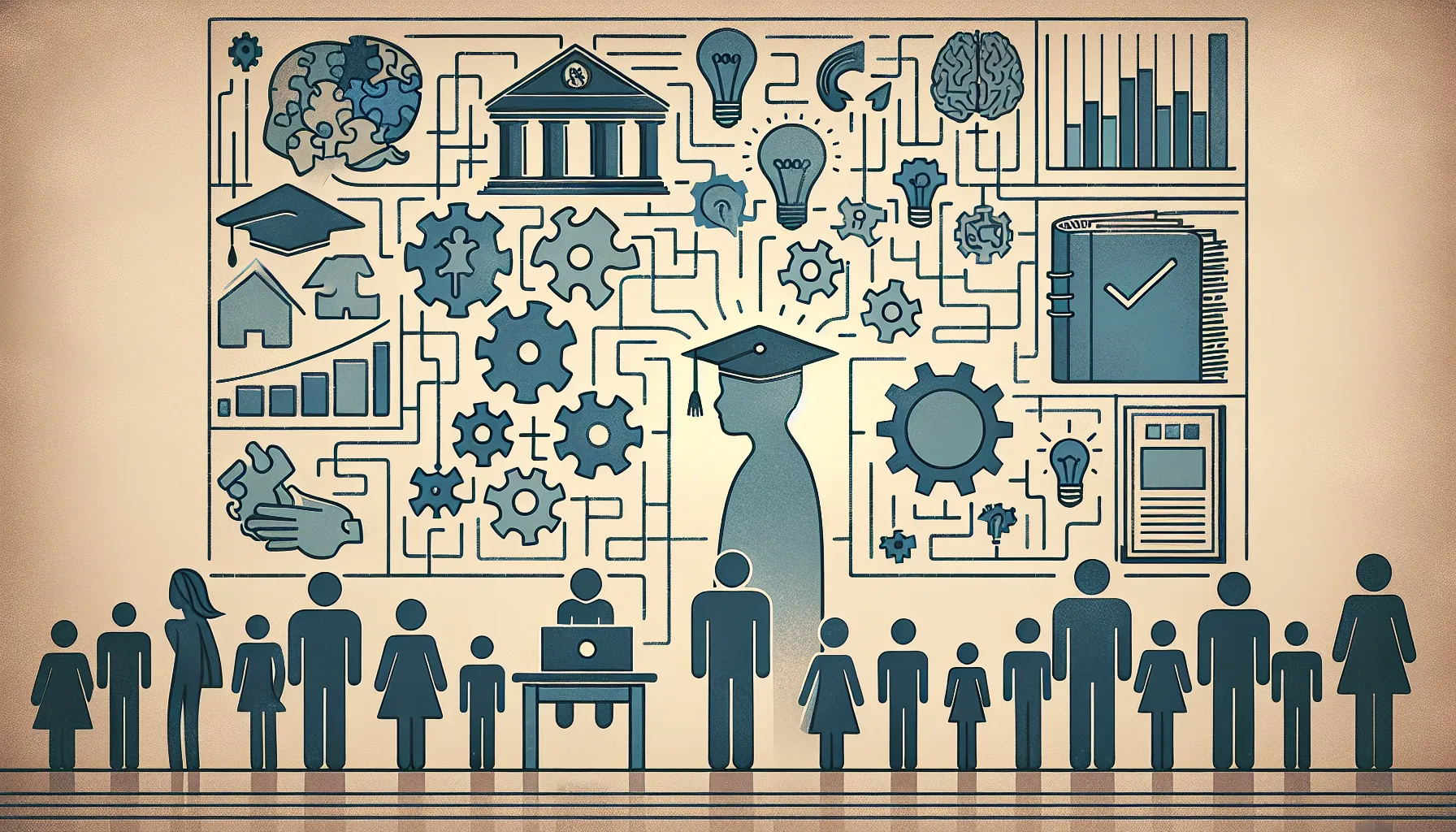




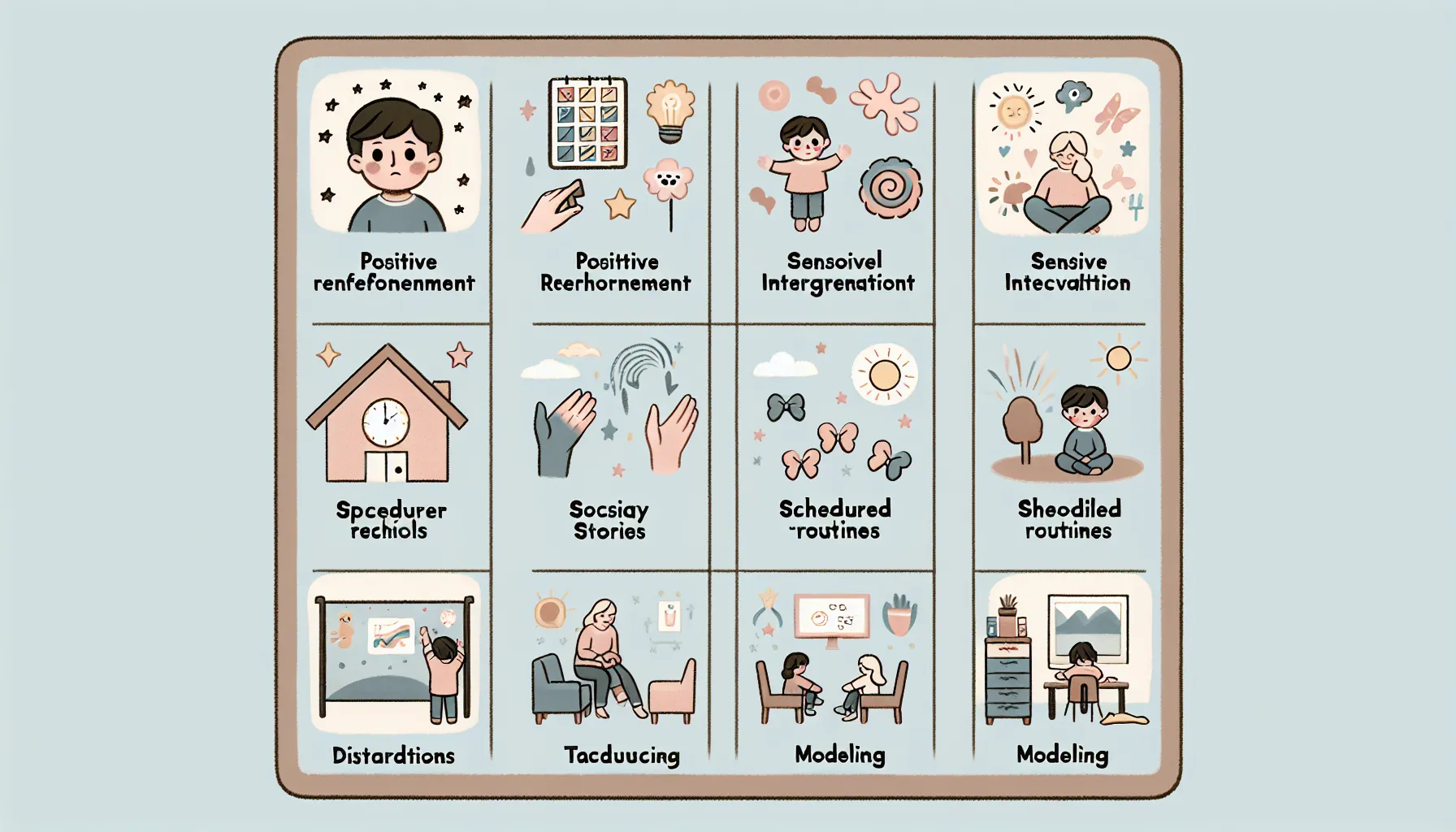

.jpeg)
.jpeg)



.jpeg)




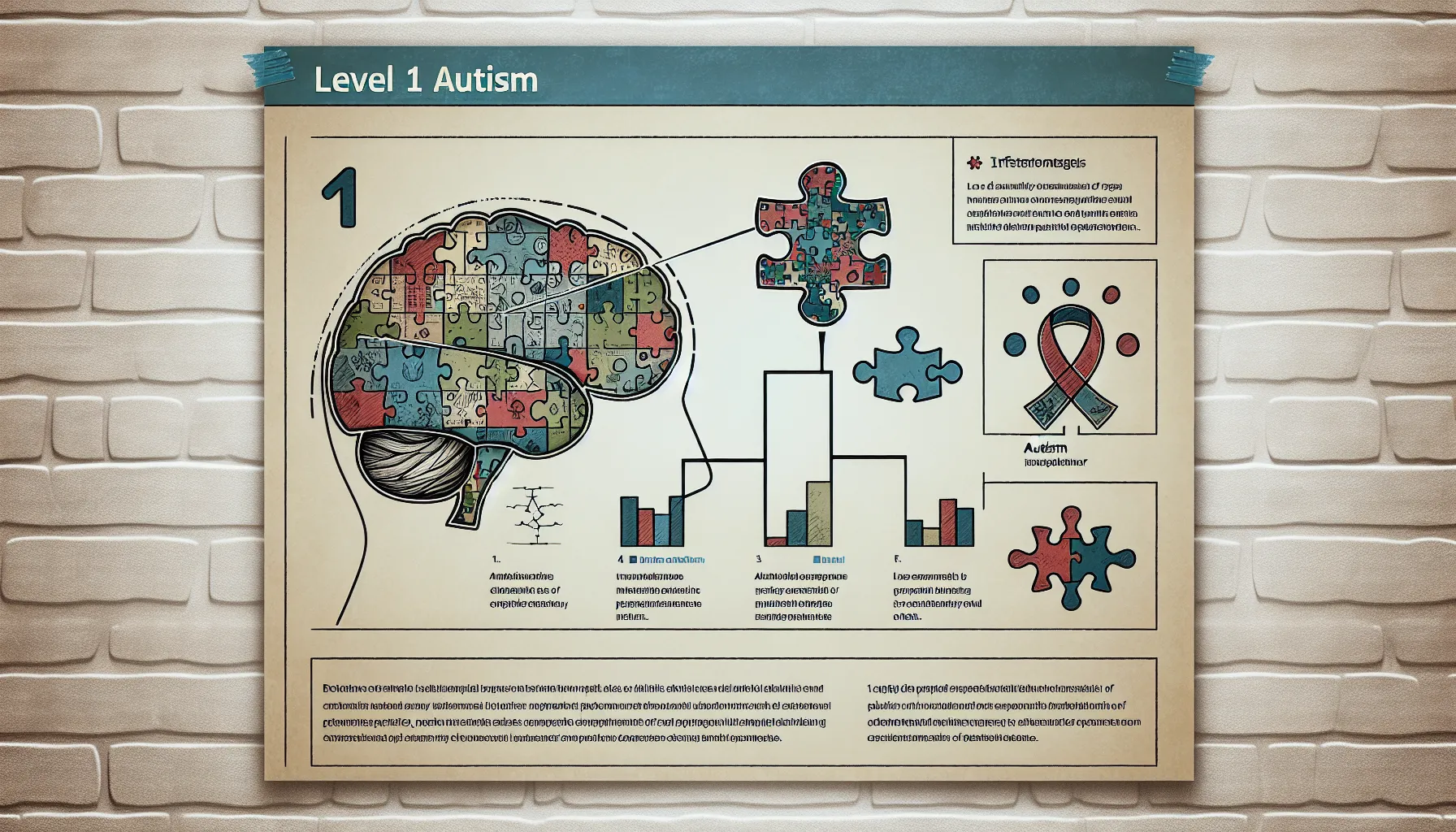











.jpeg)
.jpeg)



.jpeg)
.jpeg)
